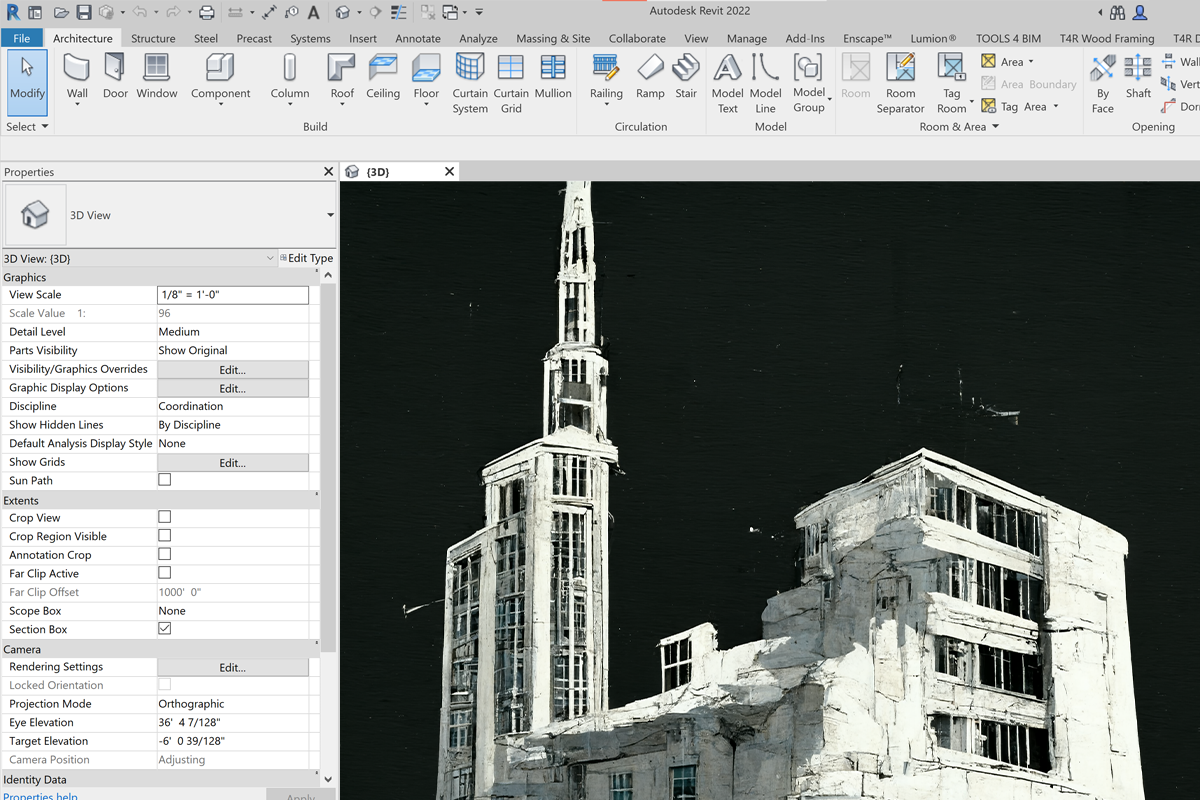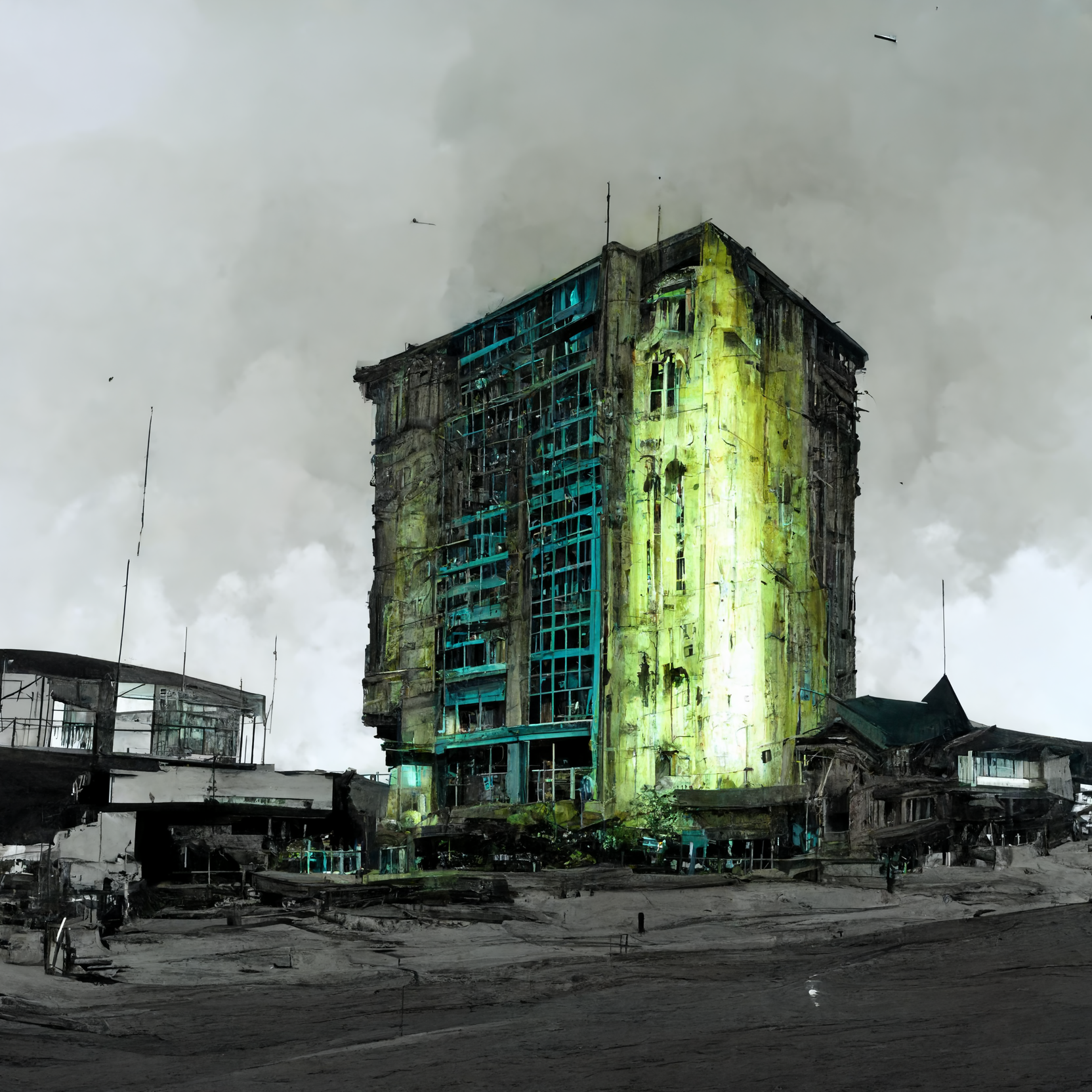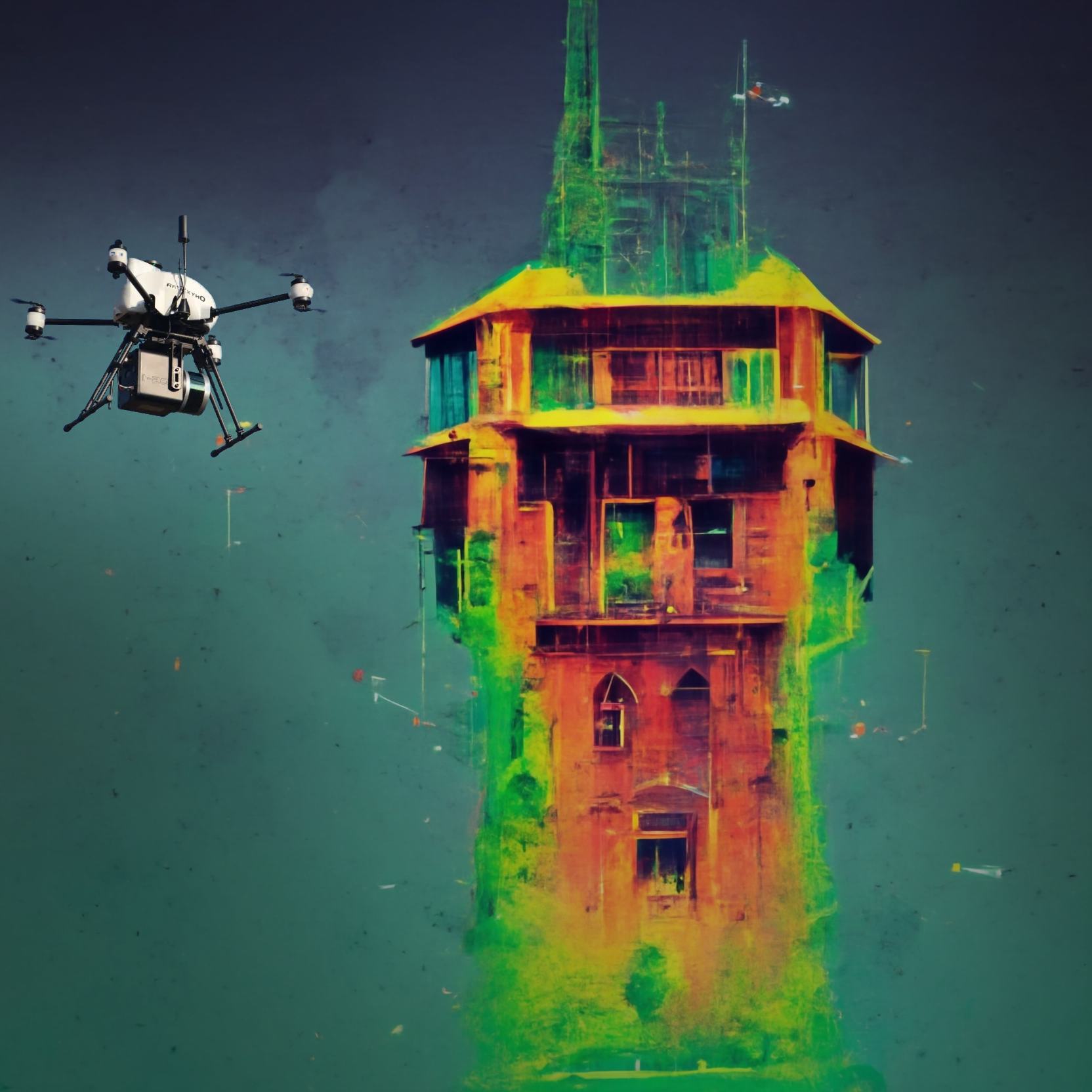
Robotic ImagingJanuary 11, 2023
What is LiDAR scanning and how does it work in relation to 3D modeling software like Revit?
LiDAR scanning is a technology that uses lasers to create a 3D model of an environment. LiDAR stands for light detection and ranging, and it works by sending out a laser beam and measuring the time it takes for the beam to bounce back. This information is then used to create a highly detailed 3D model. LiDAR scanning is often used in surveying and mapping, but it can also be used for 3D modeling.
For example, Autodesk Revit is a popular 3D modeling software that can use LiDAR data to create accurate models of buildings and other structures. LiDAR scanning is an increasingly popular technology due to its accuracy and ability to capture fine details. As 3D modeling software becomes more sophisticated, LiDAR scanning will likely play an even bigger role in the field.
How can you use LiDAR data to improve your 3D modeling workflows in Revit?
As any Revit user knows, workflows are essential to keeping a project on track. One way to improve workflows is to use LiDAR data to create more accurate 3D models. LiDAR data can be used to quickly and easily create point clouds, which can then be imported into Revit.
This allows for more accurate coordination between different disciplines, as well as a better understanding of the site. In addition, LiDAR data can be used to create photoscanned textures, which can add realism to your models. As a result, using LiDAR data can significantly improve your workflows and help you create more accurate and realistic models.
Tips for optimizing your LiDAR scanning and modeling processes for faster, more accurate results.
LiDAR scanning is a powerful tool for creating accurate 3D models of buildings and other structures. However, the modeling process can be time-consuming and challenging. There are a few key things you can do to optimize your LiDAR scanning and modeling processes for faster, more accurate results.
First, make sure you have a clear understanding of your project goals. What kind of model do you need? What level of detail do you require? Having a clear idea of what you're trying to achieve will help you plan your scanning and modeling process more effectively.
Next, take the time to set up your equipment properly. LiDAR scanners are delicate instruments, and even a small mistake can lead to inaccurate data. Make sure everything is level and aligned properly before you begin scanning.
Finally, don't be afraid to ask for help. If you're having trouble with the modeling process, there are plenty of experts who can offer advice and guidance. With a little knowledge and effort, you can optimize your LiDAR scanning and modeling processes for faster, more accurate results.
Examples of real-world projects where LiDAR scanning was used to great effect in the 3D modeling process
There are many examples of projects where LiDAR scanning was used to great effect in the 3D modeling process. One such project was the digitization of the Statue of Liberty, which was accomplished using a LiDAR scanner mounted on a helicopter. The data collected by the scanner was used to create a highly accurate 3D model of the statue, which was then used to create a digital replica that could be viewed from any angle.
Another example is the restoration of the Coliseum in Rome, where LiDAR scanning was used to create a 3D model of the entire structure. This model was then used to plan and execute the restoration project, ensuring that the historical monument would be returned to its former glory. Projects like these demonstrate the power of LiDAR scanning in creating accurate and detailed 3D models.
So there you have it – a brief introduction to LiDAR scanning and its many benefits for anyone working with 3D modeling software like Revit. As you can see, using LiDAR data in your workflow can speed up the process, improve accuracy, and give you more options for creating realistic models of the real world. If you’re interested in applying LiDAR scanning in your next project, fill out the form below for a free quote. We’d be happy to help!

